Fashion magazines have long served as the primary nexus between art, commerce, and cultural identity. Nowhere is the interplay between image-making and consumerism more sharply realised than in the medium of fashion photography, an arena where aesthetics meet desire, and the page becomes a portal into aspirational lifestyles.
The trajectory of fashion magazines is rooted in the evolution of visual media. In 1794, Britain introduced The Gallery of Fashion, arguably its first dedicated fashion publication. Intended for the leisured elite, it featured hand-coloured and gilded plates of women at operas and social engagements... a celebration of elegance as performance. Its ambition was clear: to document “all the most fashionable and elegant dresses in vogue.”
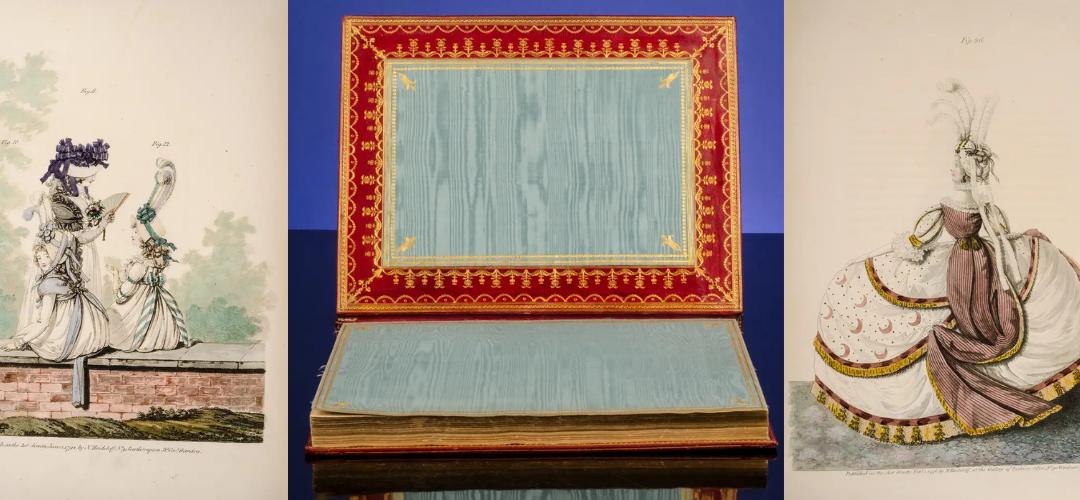 The Gallery of Fashion (1794)
The Gallery of Fashion (1794)Across the Atlantic, Harper’s Bazar made its debut in 1867. Originally spelt without the second 'a' (the name would later evolve to Harper’s Bazaar), it showcased illustrations that reflected prevailing tastes and silhouettes. It began incorporating photography by 1888, though initially confined to the formality of studio portraiture.
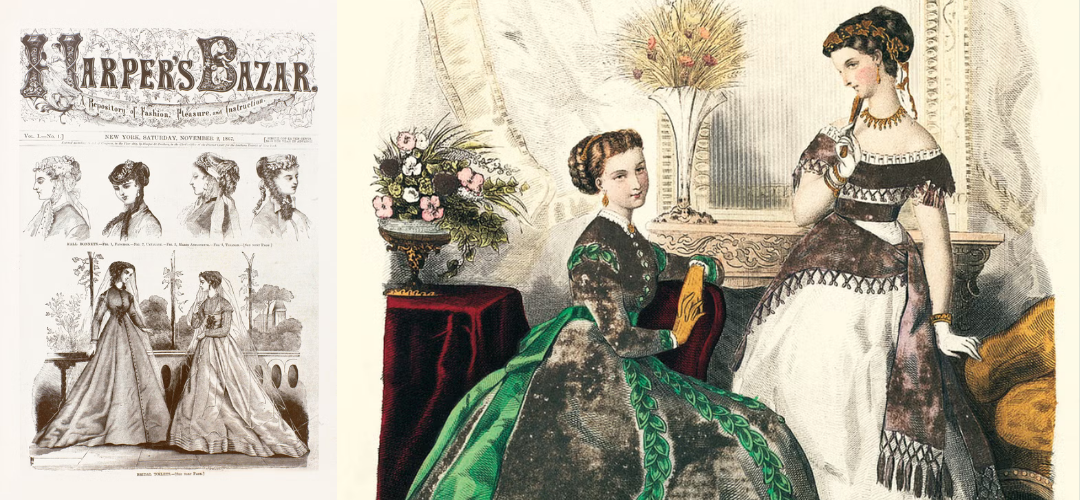 Harper’s Bazar First Issue (1867)
Harper’s Bazar First Issue (1867)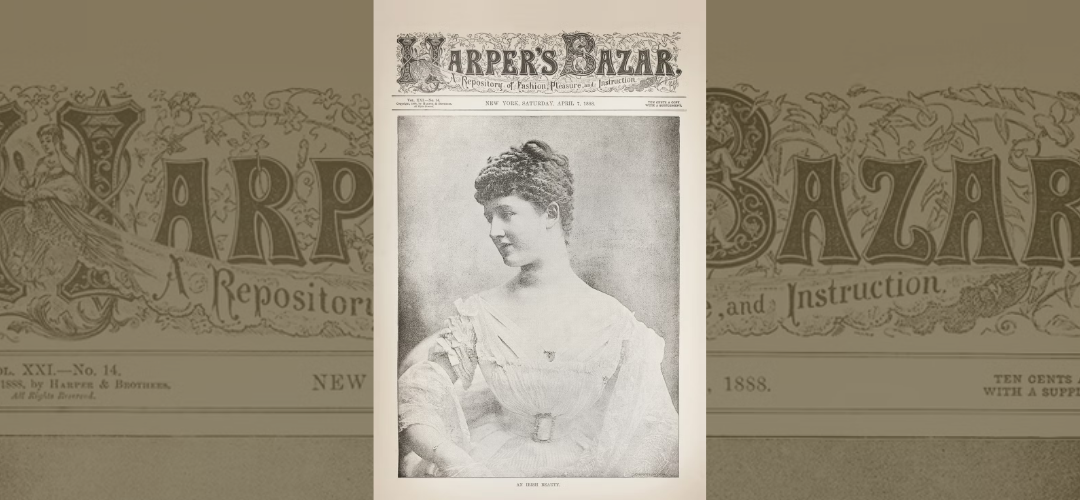 First Fashion Photography Used for Harper's Bazar (1888)
First Fashion Photography Used for Harper's Bazar (1888)A paradigm shift occurred in 1911, when Edward Steichen - painter, photographer, and later curator of MoMA’s photography department, was commissioned to photograph Paul Poiret’s haute couture for Art et Décoration. Steichen’s approach was revolutionary. His images rendered fabric with sensuous tactility and elevated garments to sculptural forms. It marked the dawn of modern fashion photography.
 Edward Steichen’s 1911 Photographs for Paul Poiret
Edward Steichen’s 1911 Photographs for Paul PoiretIn response to this evolution, Condé Montrose Nast acquired Vogue, intending to position it as a competitor to Harper’s Bazar. Both titles would become platforms for photographic experimentation, employing a roster of exceptional talent: George Hoyningen-Huene, Horst P. Horst, Louise Dahl-Wolfe, Cecil Beaton, Erwin Blumenfeld, and Norman Parkinson among them. Many of these practitioners were émigrés, bringing with them the avant-garde aesthetics of Europe’s modernist movement.
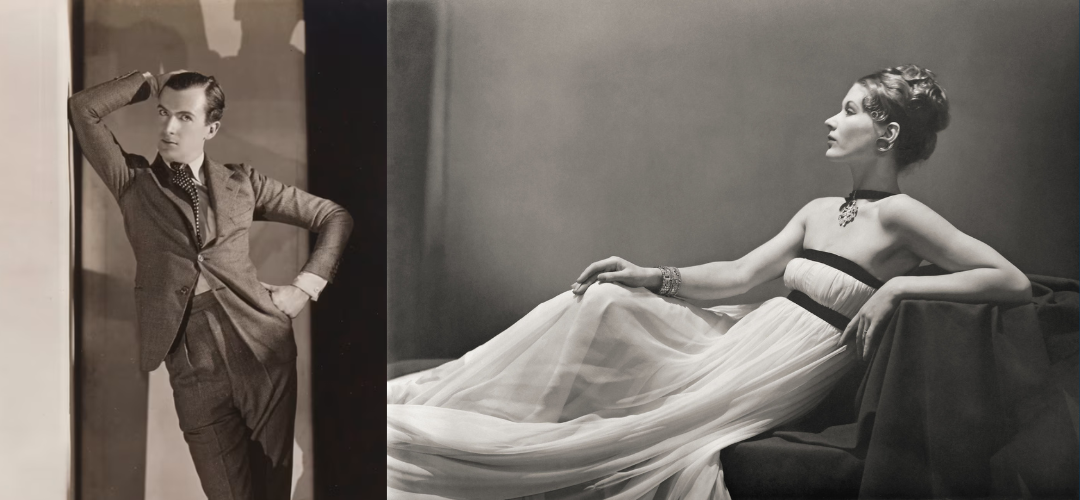 George Hoyningen-Huene’s Fashion Photography
George Hoyningen-Huene’s Fashion Photography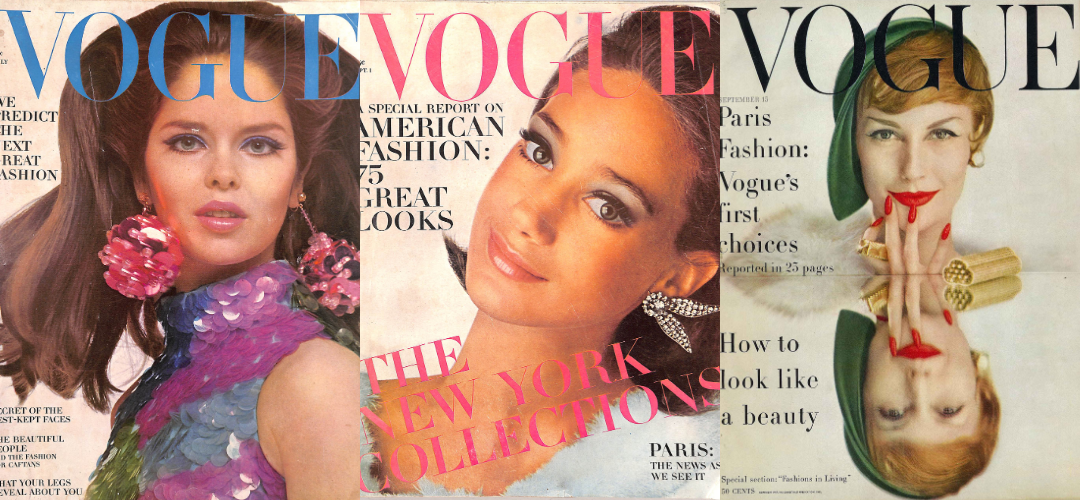 Early 20th Century Vogue Cover
Early 20th Century Vogue CoverThe outbreak of World War II precipitated a dramatic shift in the fashion landscape. With Paris, Milan, and London in disarray, New York emerged as an epicentre of style and innovation. This migration of talent proved critical. Hungarian photographer Martin Munkácsi, renowned for his dynamic reportage, captured a swimwear editorial on a beach, breaking away from studio confines and heralding a more spontaneous, kinetic visual language.
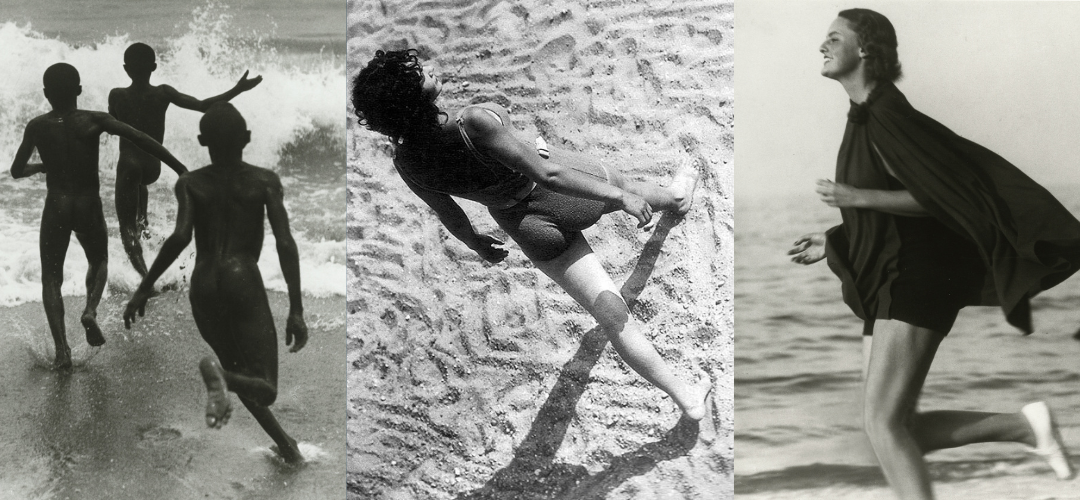 Martin Munkácsi’s 1933 Beach Photograph
Martin Munkácsi’s 1933 Beach PhotographThis confluence of geopolitical upheaval and aesthetic experimentation cemented the magazine as a visual authority. Fashion was no longer static; it was cinematic, gestural, alive. And the camera became not just a recorder of style, but its primary shaper.
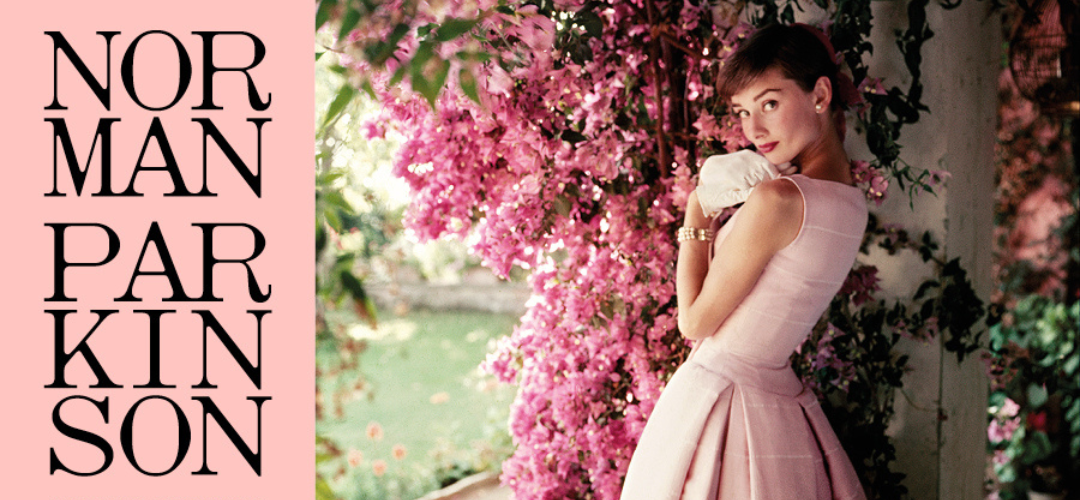 Norman Parkinson’s 1950s Fashion Photography
Norman Parkinson’s 1950s Fashion PhotographyToday, the legacy continues, though the stage has shifted. Instagram feeds, digital editions, and video shorts have inherited the tradition of fashion storytelling, often blurring the line between editorial and commerce. Yet the visual codes shaped in those early pages... elegance, innovation and surprise, remain the blueprint.
Fashion photography, born in print, now travels at the speed of the scroll. But its essence endures: style, captured and reimagined, frame by frame.